Objective
All assets within a substation are subject to degradation and have maintenance programs designed to extend their lifespan or schedule replacements. This project offers guidance on understanding the degradation rates of assets exposed in soil and atmospheric conditions, selecting the appropriate corrective actions, and ensuring these actions are environmentally aligned.
The objective of this project is to understand how substation assets degrade in soil and atmospheric conditions and where this represents risk to the utility. This is achieved through:
- Evaluating existing, new, and emerging inspection technologies to understand the limitations and benefits enabling utilities to select these tools based on the construction specifications
- Understanding corrosivity levels of all the soil series within a substation, allowing engineers to choose appropriate materials for the ground grid designs, foundations, and tank bottoms, and informing maintenance personnel on when to inspect the ground grid and other substation assets
- Defining corrosion control options and providing guidance for the appropriate mitigation methods for substation assets exposed to soil and atmospheric exposure
Research Value
This research can provide the following value:
- Provide guidance to asset management teams for making informed life-cycle decisions
- Develop processes and training for inspection and maintenance operations
- Optimize maintenance budgets through population assessment (targeted inspections) and predictive maintenance of ground grids
- Aid in development of guidelines for material selection and application to reduce theft of grounding system conductors and enhance corrosion control
- Help to understand and manage risks through prioritized inspections
- Enhance worker and public safety by proactively identifying areas of ground grid degradation
- Assess the potential of a cathodic protection system to detect ground grid theft
Approach
Each research task in 2026 aims to provide benefit to the funding utility, with varying levels of complexity. Some tasks may take longer to develop, and results might be used in future work. The research approach for understanding corrosion on substation assets is divided into short-, medium- and long-term research for clarity.
Short-Term Research:
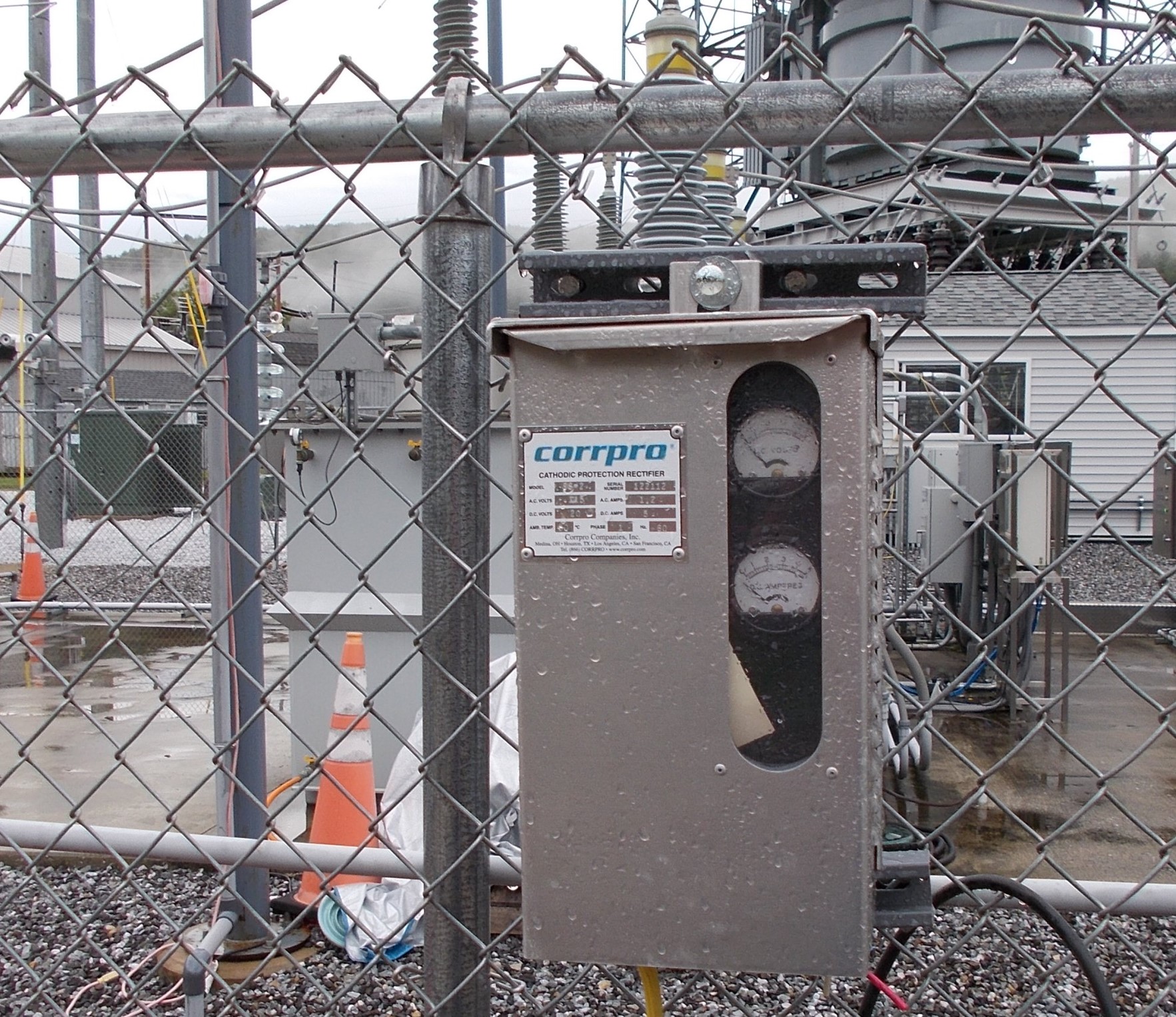
Design, Installation, Maintenance, and Troubleshooting of Cathodic Protection Systems. These systems protect many assets within a substation, including the ground grid, fencing, equipment foundations, cable trays, bus work and other soil-exposed assets. The focus of these systems is to mitigate corrosion due to soil exposure but also the effects of stray current and circulating current corrosion. This last form of corrosion may be very extreme and cause severe damage due to charge transfer from the assets to remote earth.
In 2026, the focus will be on normalizing the circulating currents within the ground grid and creating guidelines for publication in 2027.
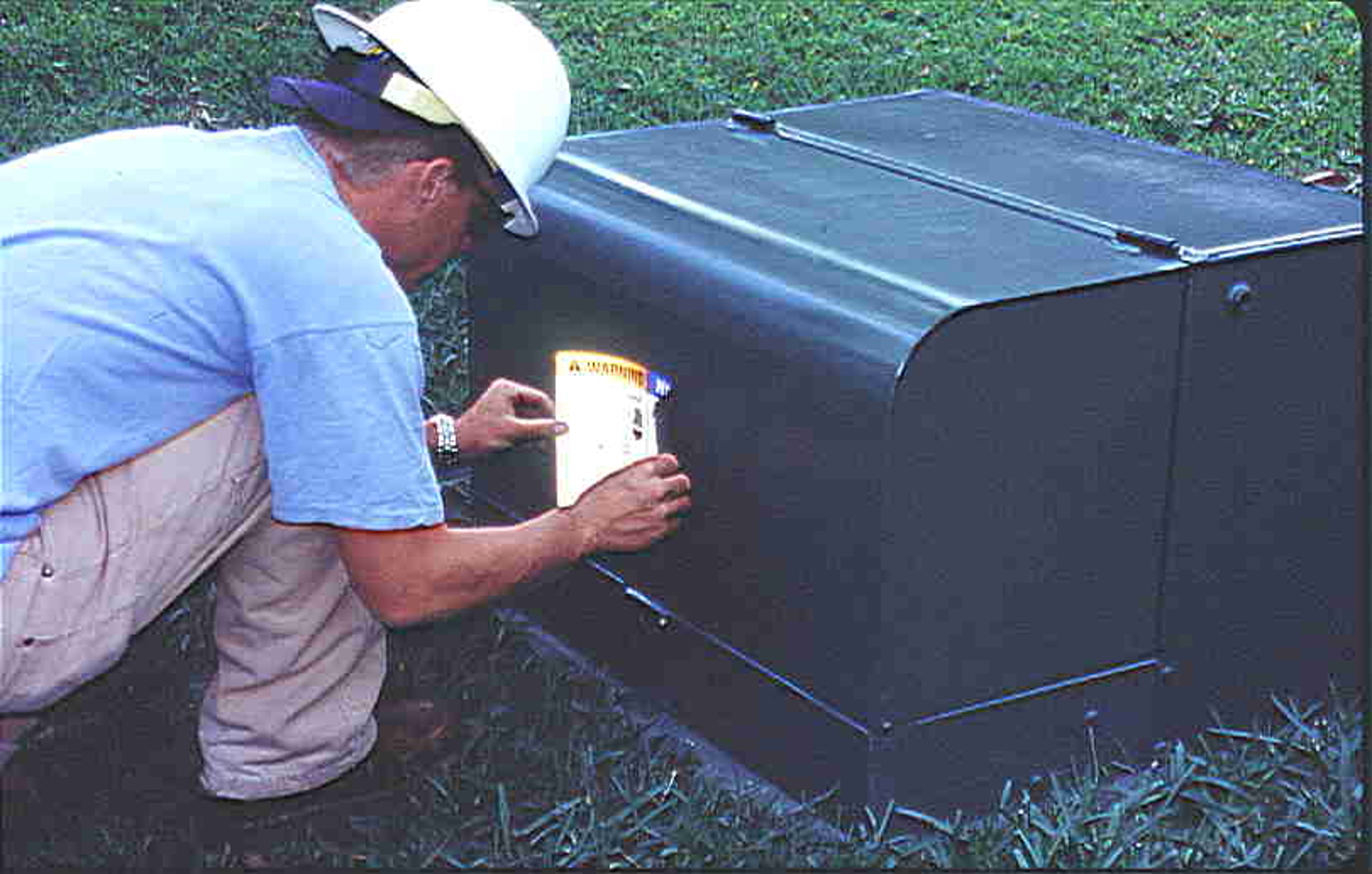
Inspection and Maintenance of Pad-Mounted Transformers. Pad-mounted transformers can corrode quickly and pose risks if they leak or have holes. This task will identify best practices for inspections and outline maintenance issues. In 2026, a report with guidelines for inspecting and maintaining pad-mounted transformers will be completed and reviewed.
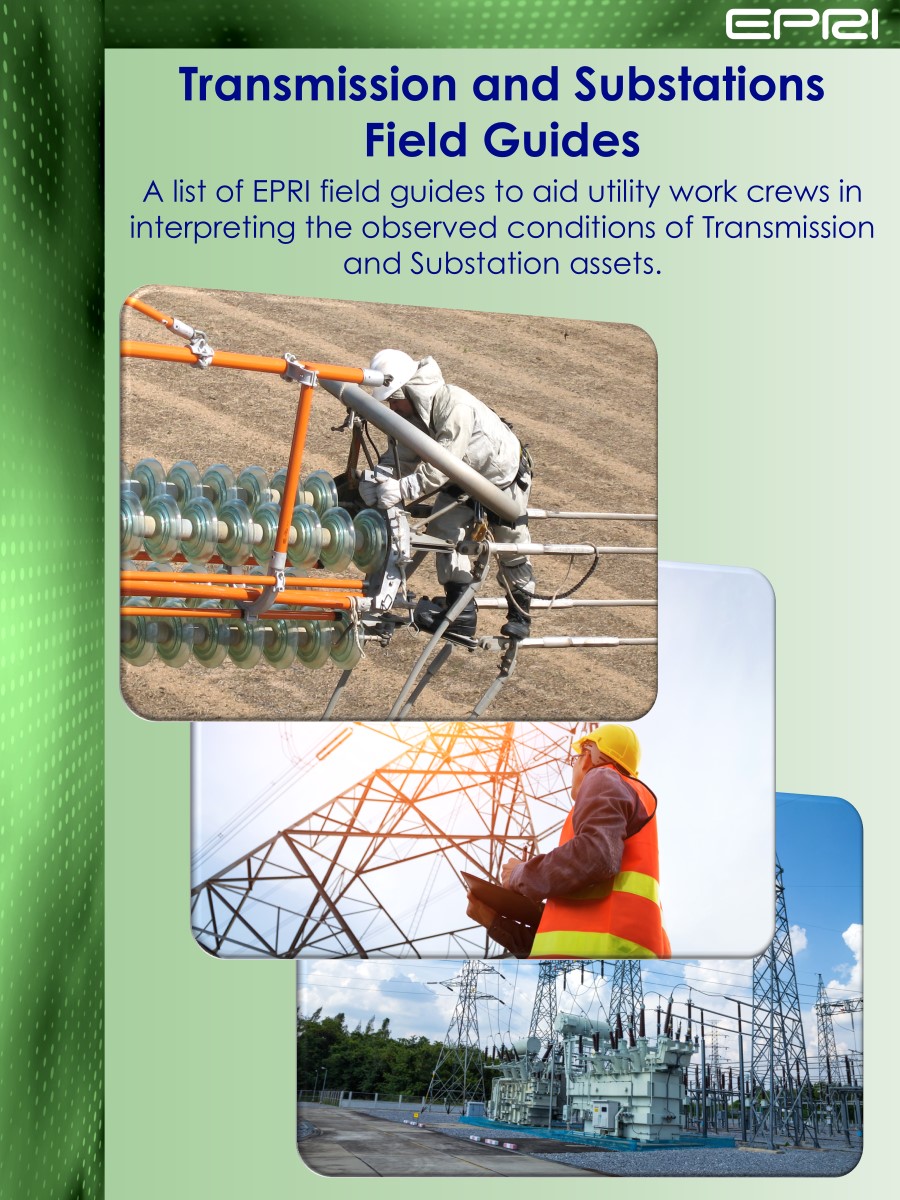
Field Guides. A field guide is a pocket reference book that allows personnel to identify and address based on severity level. The second field guide for ground grid inspection and assessment by grounding technicians will be published in 2026. This is the Tier II level of inspections to be completed by substation operators with an advanced skill set.
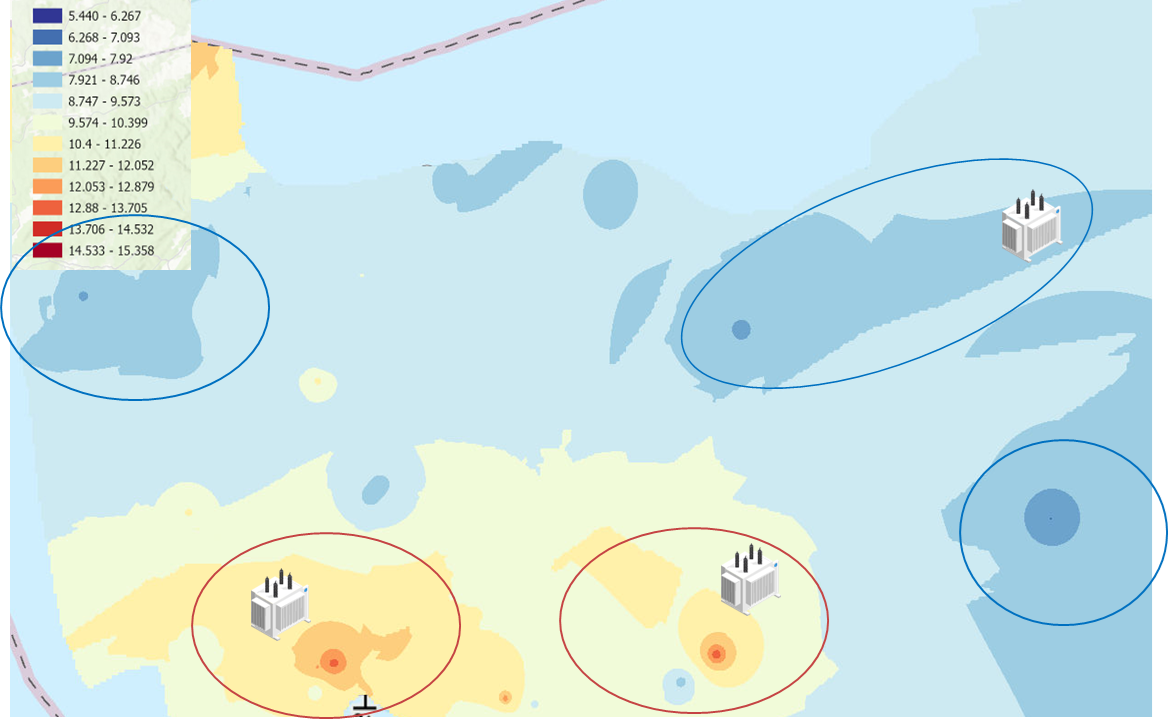
Atmospheric Corrosion Modeling in Substations. Substation environments vary, making it hard to predict maintenance needs due to atmospheric corrosion. Knowing corrosion rates for steel, zinc, and aluminum helps asset managers plan for maintenance and replacements. The 2026 report will provide guidance on modeling conductor degradation.
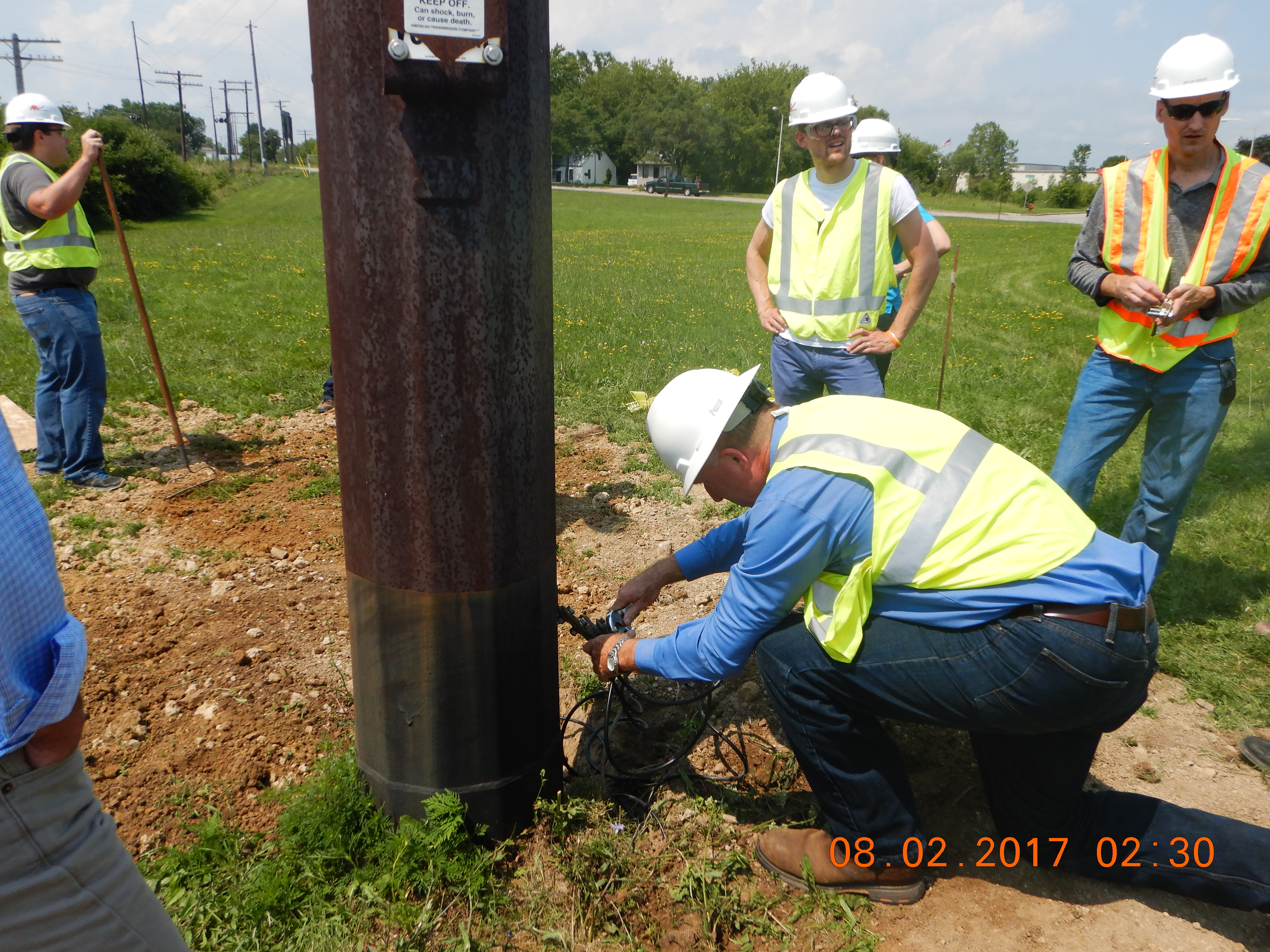
Corrosion and Corrosion Control Workshop. This workshop offers both theory and practical experience in understanding corrosion and how to assess and implement various types of corrosion control technologies. The 2026 workshop is designed to support asset managers, engineers, maintenance managers, and field crews in gaining practical knowledge for extending the service life of their assets.
Medium-Term Research:
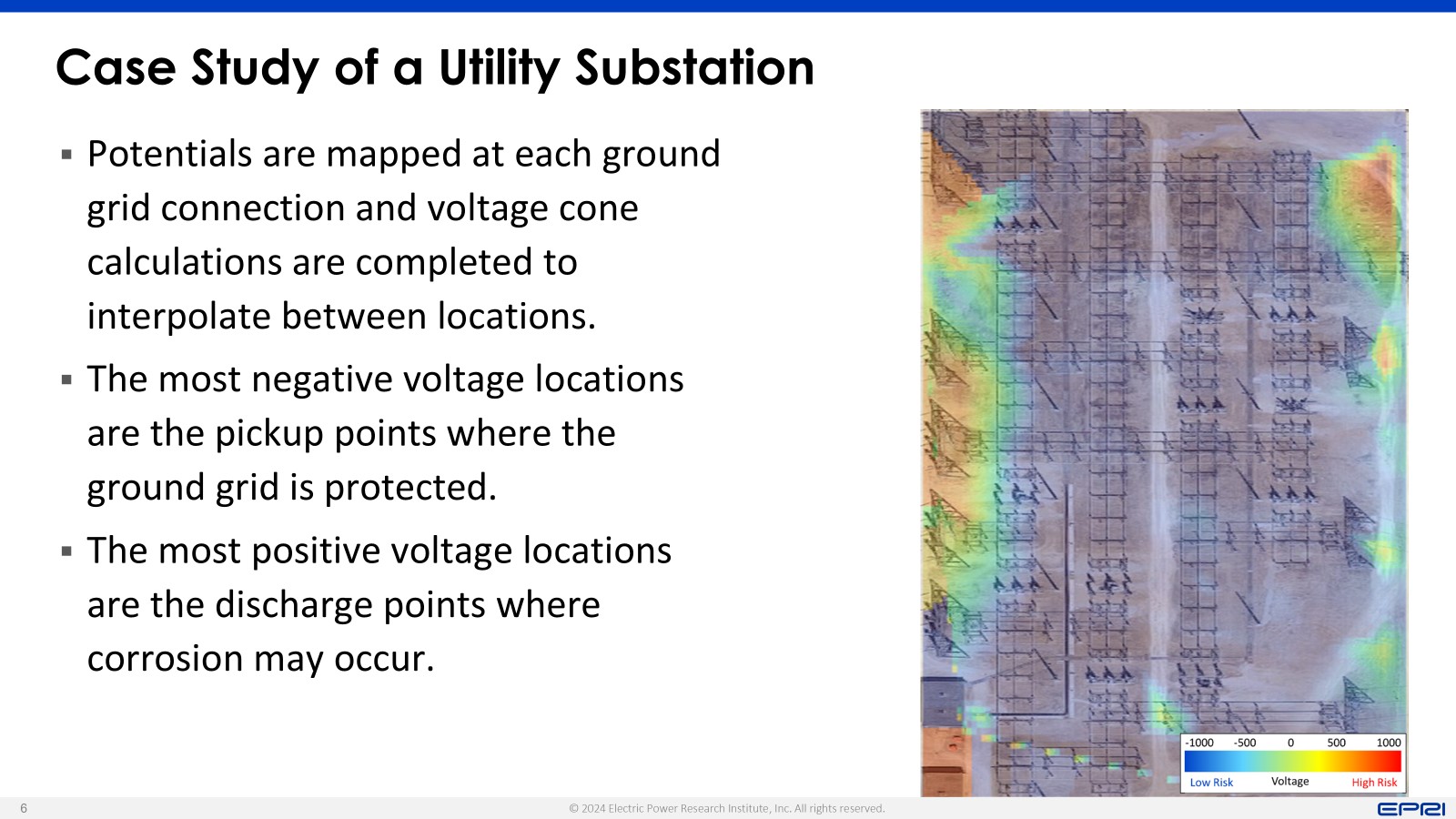
Mapping Equipotential Gradients within a Substation. Monitoring and trending ground grid degradation is labor-intensive and has safety concerns. Robotic systems are expected to take over these tasks, allowing personnel to focus on more critical work. The project will evaluate changes in equipotential lines using robots to map ground potential rises and locate degraded elements. Corrosion Management Guidebook. This guidebook provides information for inspection, assessment, mitigation, and remediation for all departments within a utility. It includes fundamentals of corrosion, inspection and assessment guidance, and mitigation methods that align with the environment.
Long-Term Research:
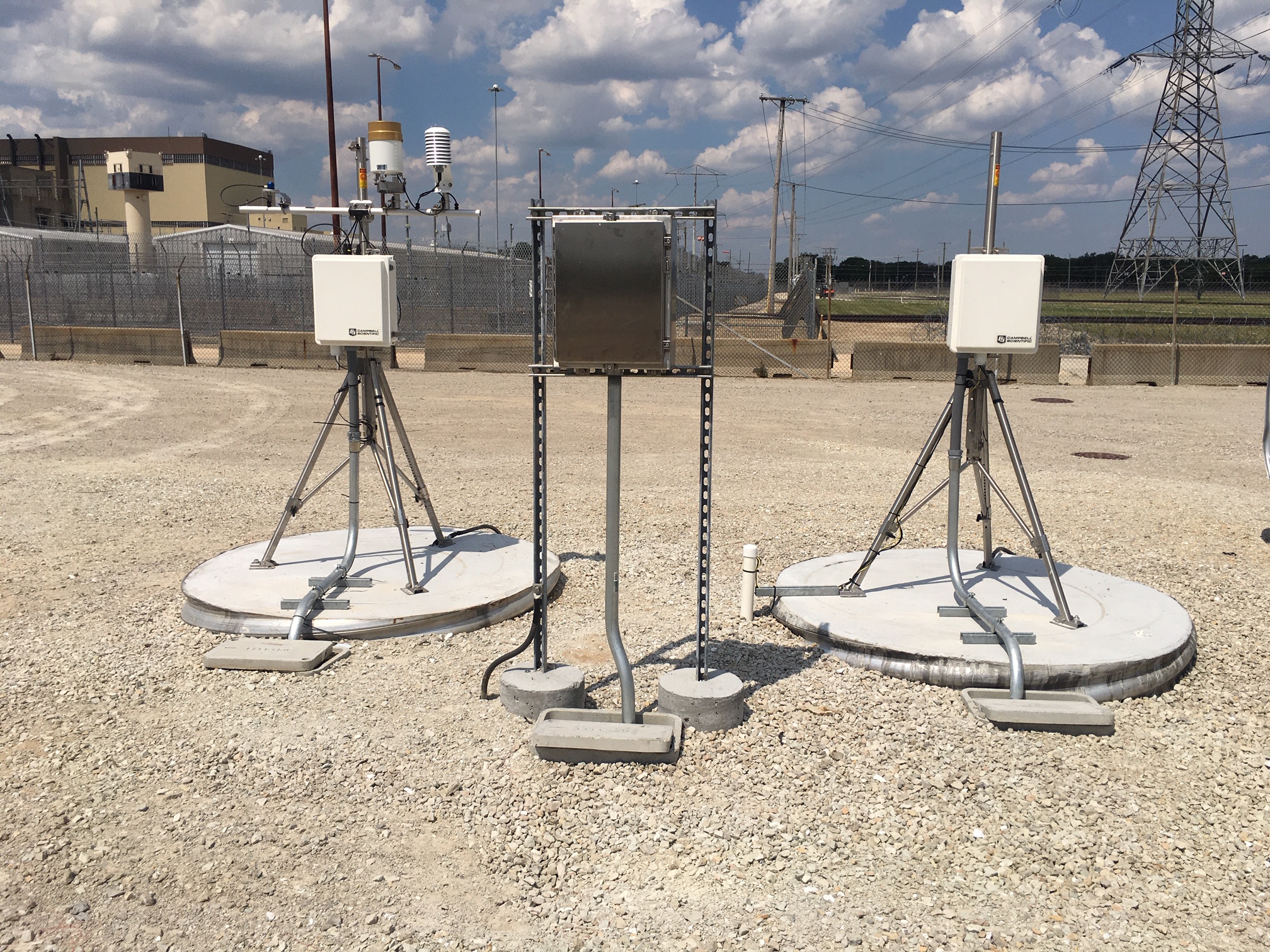
Sensor Development to Discriminate Between Localized, General, and Stray Current Corrosion. Corrosion depends on factors like moisture, temperature, pH, and stray currents. EPRI has developed a sensor array to identify and measure different types of corrosion. The array’s capabilities were expanded in 2020 to measure weather patterns and correlate them with subgrade corrosion. Ongoing research focuses on analyzing large datasets to understand daily changes in corrosion activity.
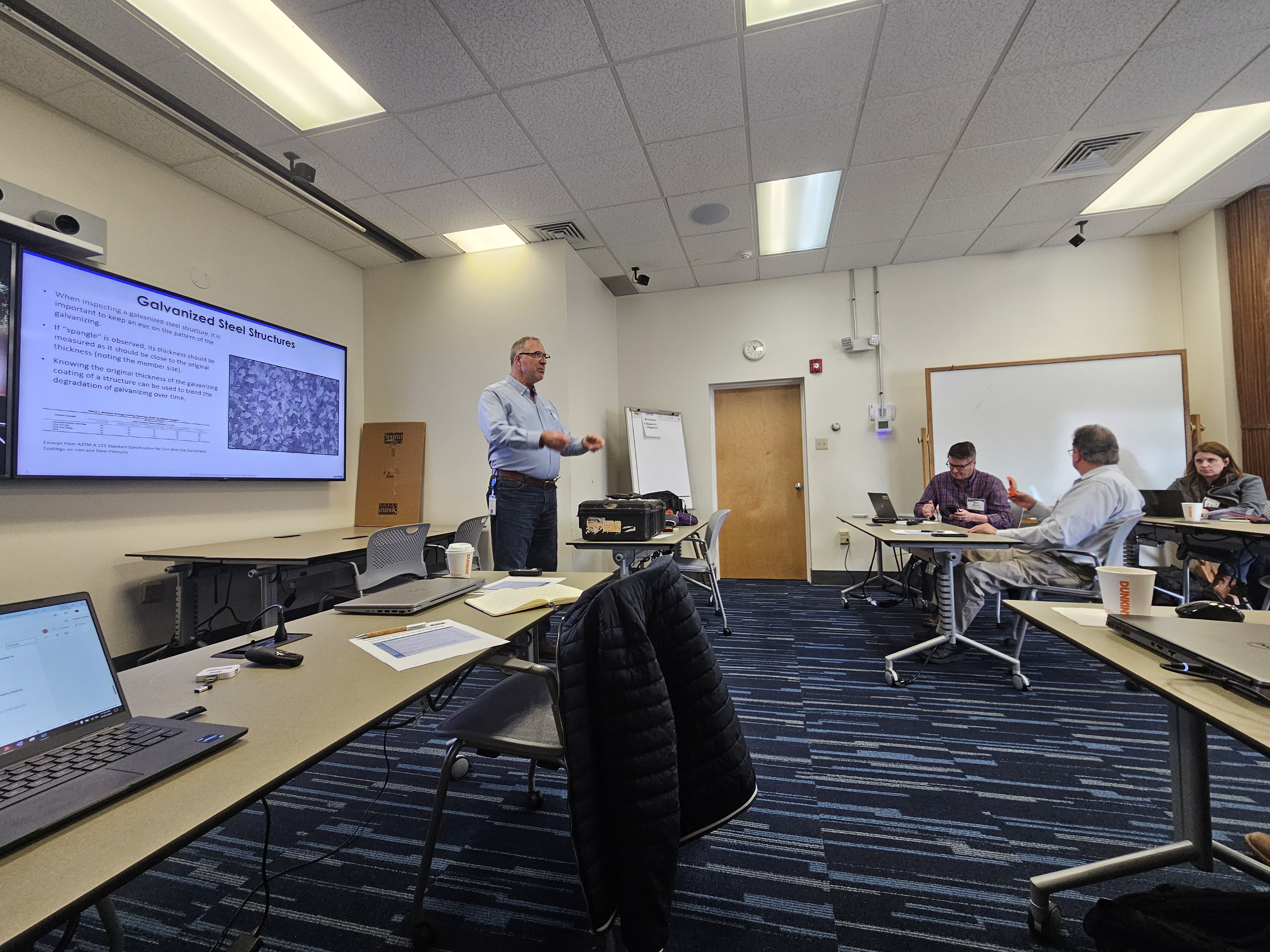
Substation Ground Inspection Workshop. This project is to provide guideance to early-career grounding engineers and substation operators on best practices for inspection and assessment of substation ground grids. It includs corrosion fundamentals, details of each skill level, and the process flow in each tier.
Anticipated Deliverables
| Deliverable | Deliverable Type | Date |
|---|---|---|
| Mapping Atmospheric Corrosionin Substations and Modeling Asset Service Life | Technical Update | 12/31/2026 |
| Inspection and Maintenance Operations for Pad Mounted Transformers | Technical Update | 12/31/2026 |
| Field Guide: Inspection, Assessment, and Maintenance of Substation Ground Grids Tier II | Technical Update | 12/31/2026 |
| CorrosionManagement Reference Book | TechnicalReport | 12/31/2026 |
| Corrosionand Corrosion Control Workshop | Workshop | 12/31/2026 |
Past EPRI Work on Topic
| Product ID | Title | Description | Published Date |
|---|---|---|---|
| 3002015683 | Ground Grid Protection Methods: An Overview of Mitigation Options | Identifies corrosion control measures and evaluates which are most appropriate for each initiation mechanism. | December 2019 |
| 3002019215 | Inspection and Assessment for Substation Ground Grids | Selection and application of tools for ground grid corrosion inspections. | December 2020 |
| 3002021374 | Ground Grid Protection Methods: Cathodic Protection Changes with Increased Impedance | Refines the efficacy of a cathodic protection system as segments of aground grid are removed from operation. | December 2021 |
| 3002024603 | Evaluation of Ground Grid Inspection Technologies | This deliverable continues the evaluation of new and emerging inspection technologies but also begins development of a training module for early career engineers, technicians and field crews. | December 2022 |
| 3002027081 | Workshop for Corrosion Fundamentals and Corrosion Control | This course is designed to support all departments within transmission and distribution and allow an understanding of how to extend the service life of their assets. | December 2023 |
| 3002030039 | Field Guide: Substation Ground Grid Inspection and Assessment – Tier Level I | Substation Ground Grid Inspection and Assessment Field Guide. | December 2024 |